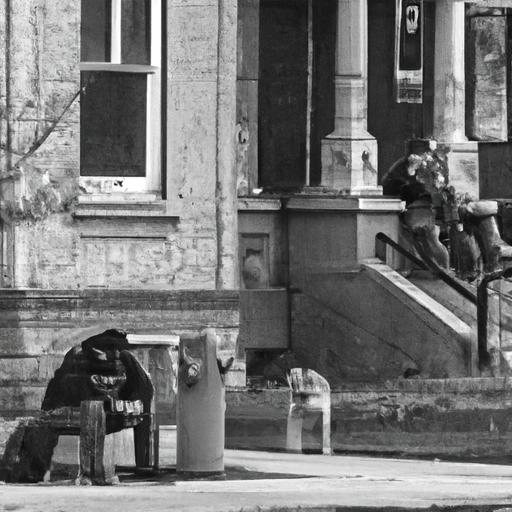Understanding the Depth of the Canadian Opioid Crisis: A Critical Look and Measures To Mitigate
Canada, for many years synonymous with its breathtaking landscapes and warm people, is now facing a crisis that threatens its very core— the opioid crisis. The city of Hamilton and its surrounding areas have been significantly impacted, disrupting lives and continuously influencing crime rates. Today, we delve into understanding this severity and possible efforts in place to combat this grave issue. This analysis is based on a news release from CHCH.
The Opioid Crisis in Canada and Its Alarming Impact
The Canadian opioid crisis paints a grim picture. Although opioids are necessary medication for pain management, their misuse has led to devastating consequences, accounting for numerous deaths and hospitalizations.
Intertwining with the Crime Scene and Homelessness
In Hamilton, the opioid crisis impacts hand in hand with rising crime rates. Severe instances have been noted where federal offenders are involved in the circulation of these substances, contributing to an alarming increase in criminal activities. Cases are even more concerning since these offenders are known to frequent areas with large homeless populations, leveraging their vulnerability. This only highlights the need for robust interventions to divert the cycle of opioid misuse, crime, and homelessness.
Efforts to Curtail the Opioid Crisis
Canadian authorities and communities are tirelessly working towards combating this escalating crisis through several avenues. Among them, the Canadian opioid abatement class action lawsuit is notable. This seeks to hold pharmaceutical companies accountable for their role in intensifying the opioid epidemic.
Naloxone: A Lifeline Amidst the Crisis
Naloxone, a medication designed to rapidly reverse opioid overdose, has been widely distributed as an immediate response measure. While these measures provide a glimpse of hope, it’s crucial that efforts reach a larger scale to fully confront this issue.
The key points of our discussion include:
- A drastic rise in the opioid crisis, closely related to crime rates and homelessness in Hamilton and its surrounding areas.
- The role of opioid misuse in enhancing criminal activities, especially among homeless populations.
- Efforts such as the Canadian opioid abatement class action lawsuit designed to provide accountability and combat the crisis.
- The use of naloxone as an emergency response to opioid overdose.
Moving Forward: Facing the Crisis
Addressing the opioid crisis must become a national priority. Ongoing efforts should permeate all levels of society, necessitating a united approach from government entities, healthcare institutions, humanitarian organizations, and communities at large. It is also crucial to destigmatize substance misuse disorders and homelessness, pledging to support rather than isolate those affected.
In closing, the Canadian opioid crisis is more than just a health issue; it’s a societal crisis that requires our immediate attention and action. The increasing crime rate intertwined with the opioid misuse in Hamilton underscores this urgency. As we reckon with the alarming consequences, it’s commendable that measures such as the opioid abatement class action and the distribution of naloxone are being deployed.
Nevertheless, a more significant, systematic, sustained response to this crisis is needed. After all, the key to overcoming the opioid crisis not just in Hamilton, but nationwide, lies in our hands. We must continue educating ourselves, remain vigilant, and actively partake in actions towards a healthier, safer Canada.
